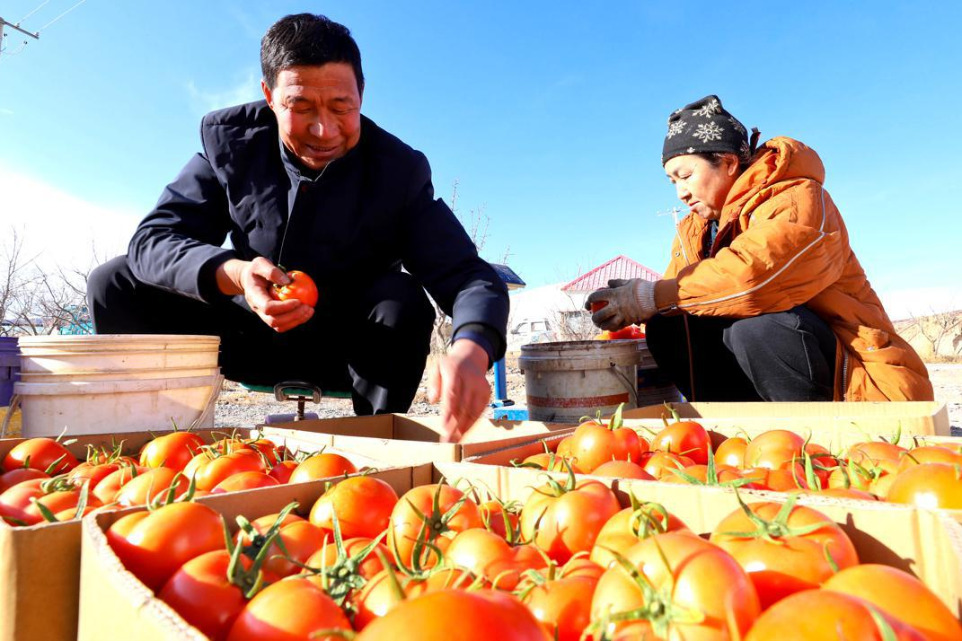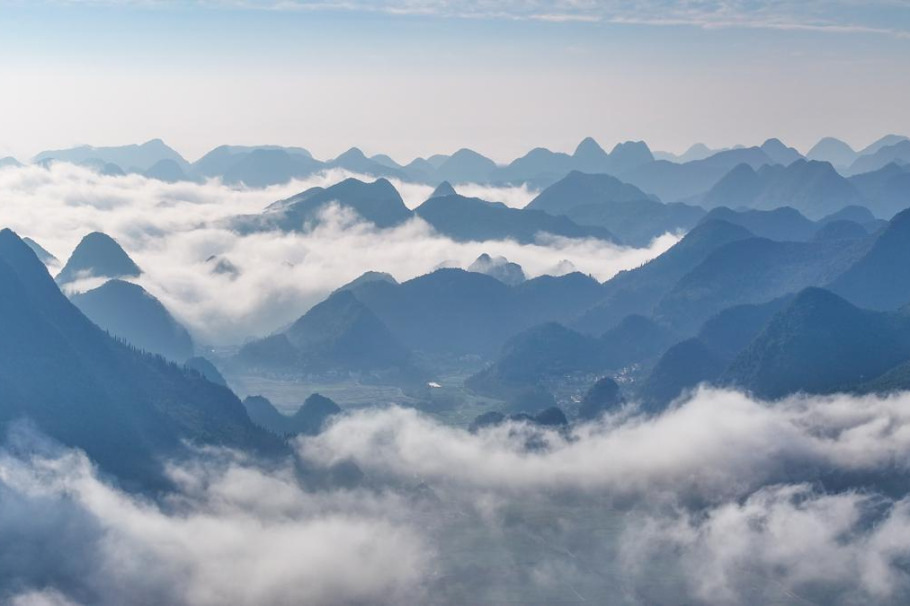China releases new grassland vegetation map of 'roof of the world'

BEIJING -- China has released its most detailed map yet of grassland vegetation on the Qinghai-Tibet Plateau, using a scale of 1:500,000.
The map, developed by a team led by Wang Yanfen, a professor at the University of Chinese Academy of Sciences (UCAS), was officially unveiled on Tuesday during an academic seminar on grassland vegetation mapping.
Experts at the seminar noted that the map, based on field surveys and multi-source remote sensing data, accurately depicts plant formation distributions and holds significant implications for climate adaptation, sustainable development, and future research on ecosystem functions across the plateau.
The Qinghai-Tibet Plateau, known as the "roof of the world" and "Asia's water tower," serves as a vital ecological security barrier for China. Its ecosystem is dominated by grasslands, which are ecologically fragile and highly sensitive to global climate change.
Over the past 50 years, intensified climate change and growing human activity have altered vegetation distribution patterns, rendering existing maps outdated.
The launch of the second scientific expedition on the plateau in 2017 provided a new opportunity to update the grassland vegetation map.
Wang said that 65 plant formations or formation groups have been identified, and compared to previously published versions, the new map reveals significant vegetation changes over the past 40 years.
For instance, the proportion of alpine meadows that prefer wet and cold conditions has increased from 50 to 69 percent in the grasslands, which strongly confirms the ongoing trend of warming and wetting on the plateau, she added.
In the process of preparing the map, the research team integrated in situ surveys, multi-temporal satellite remote sensing data, and artificial intelligence technology.
This approach synthesized spectral, structural and functional characteristics of plants alongside environmental factors like terrain and hydrothermal conditions, Wang explained.
This innovative approach overcomes the challenges of accurately identifying and classifying plant communities in complex high-altitude environments, which has traditionally been a difficult task.
"Unlike conventional mapping techniques, it places greater emphasis on the intrinsic relationship between plant community attributes and their corresponding habitat characteristics, thereby ensuring objectivity and efficiency in the mapping process," said Wang.
- Yunnan celebrates its first nature reserve on the IUCN Green List
- Breakthrough in brain-machine interface technology empowers paralyzed patients
- UNIDROIT to establish Asia-Pacific office in Hong Kong
- Chinese scientists discover new fossil lungfish species
- 64 sculptors build 19-meter-tall snowman in Harbin
- Study reveals thirdhand smoke as hidden indoor air pollutants





































